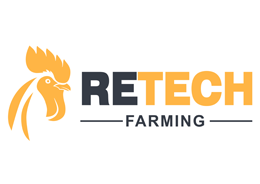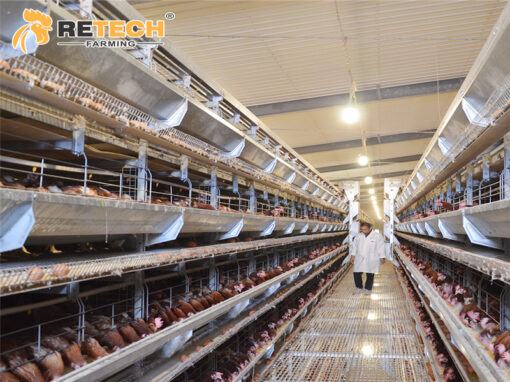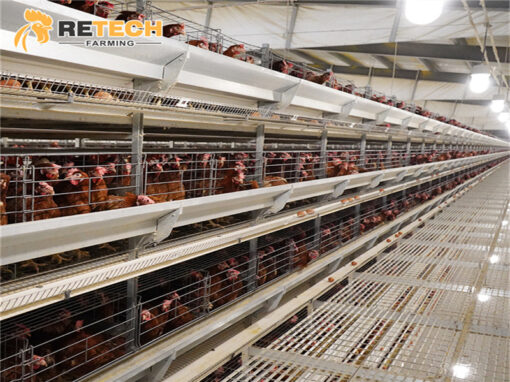The qualifying standard for young chickens! Why is the 60-80 day turnover of young chickens the most suitable?
1.Tibia length standard
Keel length and shin length are important indicators of body shape development after 15 weeks of age, and have an important impact on egg laying performance, eggshell quality sustainability, and have a direct impact on pecking. Every 1mm increase in shank length produces about 3 more eggs.
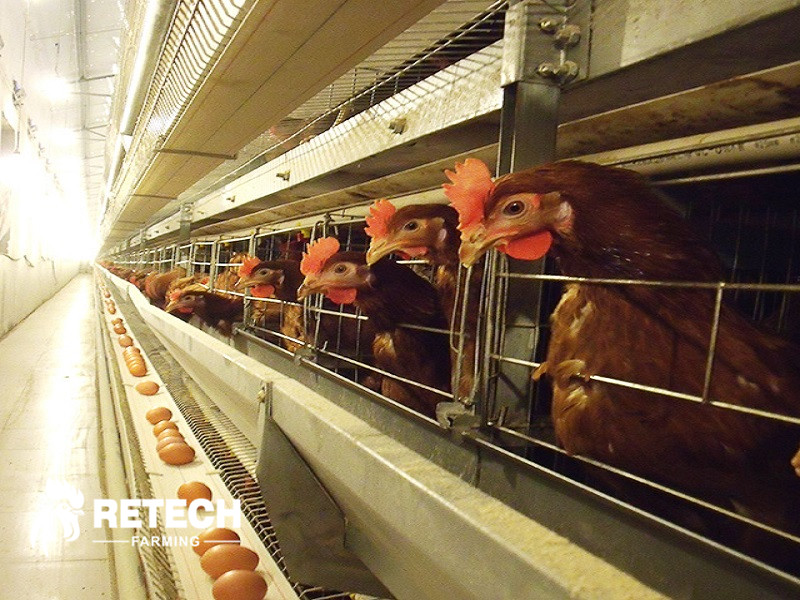
layer chicken cage
2.Weight target
Ensuring the constant weekly weight gain is one of the key points of young chicken breeding. Any time the weight gain fails to meet the standard, it will bring disaster to future production.
The weight gain in the first week is 1 gram, and the weight can be increased by about 5.6 grams by the end of the sixth week.
The 5-week-old body weight is synchronized with the development of internal organs (heart, liver, spleen, stomach, kidney, bursa, bone marrow, etc.) and tibia;
it is positively correlated with the age at first lay, egg production rate, peak maintenance time and egg shell quality Correlation; negatively correlated with the death rate.
But the weight is not the bigger the better. For hens with the same egg production, every 250g of body weight will consume about 3 kg more feed per year, and there is still a hidden danger of death.

chicken farm
3.Higher uniformity
Uniformity refers to the uniformity of the overall and individual growth and development of chickens, including body weight, body shape, sexual maturity, etc.
The uniformity of the flock is a very important indicator before brooding and rearing of laying hens, and it is one of the most important factors affecting the production performance of laying hens.
80-85% of qualified chicken flocks, and the peak maintenance period is more than 4 months.
Good flock 86-90%, the peak maintenance period is more than 6 months.
More than 90% of the excellent flocks are maintained, and the peak maintenance period is more than 8 months.
Only in this way can the performance of improved breeds be displayed, and the egg production rate at 150 days of age can reach 90%
4.Keel and pectoral development
Keel development is an indicator that is easily overlooked and unnoticed. Like shin length, it has an important impact on egg laying performance and eggshell quality sustainability. Therefore, we need to develop the habit of touching the keel, which is also an easy method for early detection of Mycoplasma bursa.
Chickens with well-developed breast muscles can maintain high production performance and reduce the probability of pecking; for egg production peaks to catch up with hot seasons or using new corn, the breast muscle index should reach the level 3 standard, and intra-abdominal fat should be maintained.
5.Feather development
Feather development is related to the age at the start of production. Generally, a well-developed hen has 1.5 to 2.5 main wing feathers that have not been replaced, and the hen reaches sexual maturity and begins to lay eggs.
The replacement time of the main wing feathers is relatively unchanged. The key lies in how to strengthen the feeding management before 6 weeks of age, so that the chicks can complete the return of down feathers before the 42nd day of age. Lay nearly one egg.
Feather development is related to feed consumption. Feed intake increases by 2% after neck feathers fall off, feed intake increases by 3% after breast feathers fall off, and feed intake increases by 10% when both fall off. Body temperature is constant. Therefore, the increase in feed intake and egg weight of aged chickens is also inevitable.
The cleanliness of feathers is related to the health of the flock, and can also reflect the hardware and comprehensive management level of a chicken farm. Generally speaking, the chicken house is poorly ventilated, the air is polluted, the nipple leaks, the nutritional imbalance or the lack of amino acids, vitamins or micro-minerals ; Too high temperature will cause poor feather development and affect growth and development.
The use of fully automatic ladder cages can effectively reduce the incidence of infectious diseases in chickens due to the high degree of automation.
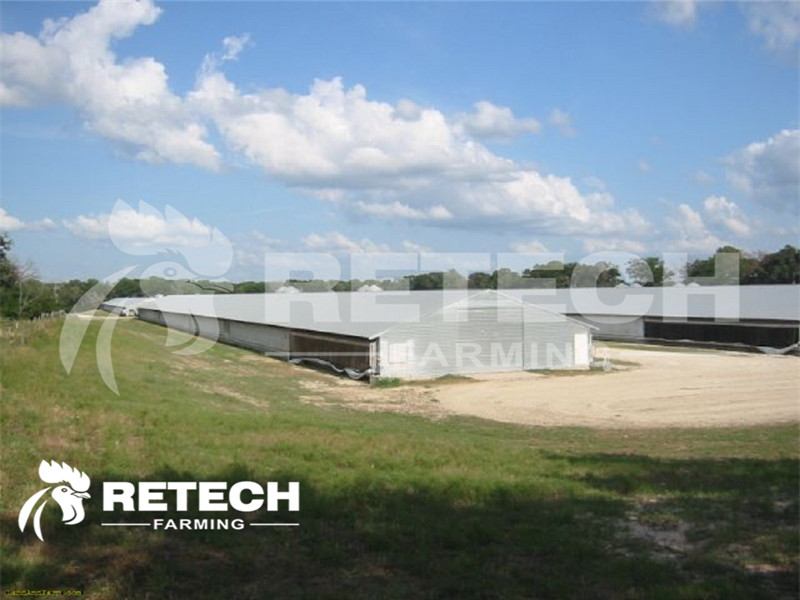
modern chicken house
Related Reading:
Why is the 60-80 day turnover of young chickens the most suitable?
The turnaround of the chickens must be arranged at the age of 60–80 days, otherwise the normal development of the chickens will be affected.
The reason is:
- First of all, before 60 days of age is the key development period of body maturation.
- Next, 12-18 weeks after 80 days of age is the critical period of sexual maturation and development.
- The turnover of chickens for sale will affect the weight gain and the health of the chickens. Remember that weight gain is positively correlated with the development of important organs.
- At 60–80 days of age, and it is not the stage of rapid development of important organs of chickens, it is most suitable to transfer to the group at this time.
